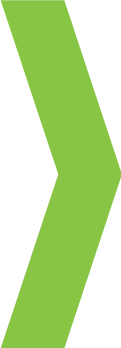


Security Patrol Robot
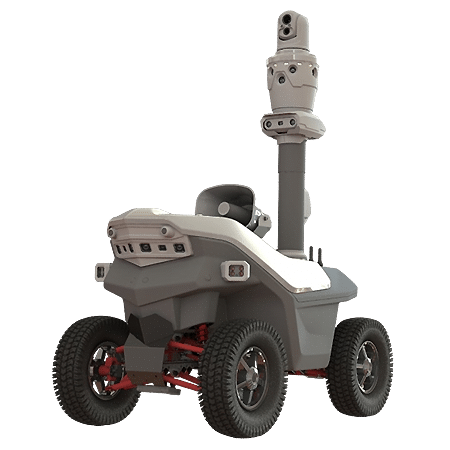

Autonomous Security Patrol Robot S5.3 — Next Generation Outdoor Protection
The S5.3 security patrol robot is designed for continuous perimeter and site surveillance. It automatically detects people in restricted areas, transmits images and alerts to an integrated security system, and enables operators to decide on rapid response actions.
For large industrial sites, campuses, and logistics hubs, multiple robots can operate as a coordinated fleet. Each unit patrols its assigned sector, and together they provide seamless 24/7 coverage of vast territories. Fleet management software ensures synchronized patrol routes, optimized charging cycles, and rapid reallocation of robots to alarm zones when an intrusion is detected.
Proven Platform with New Capabilities
The S5.3 builds on more than five years of field experience with the S5.2 model. A new obstacle detection system identifies elevated and overhanging objects such as construction machinery parts, making the robot reliable for industrial sites, construction areas, and heavy equipment yards.
Standard configuration now includes a PTZ thermal camera and features that were previously optional. Updated software makes the robot faster, more energy-efficient, and able to patrol longer between charges. Installation and VMS integration have also been greatly simplified.
Intelligent Video Surveillance
During patrols, six panoramic cameras provide 360° coverage, while the onboard computer detects motion and automatically directs the PTZ camera (30× zoom) at targets. Video is transmitted to a central surveillance server for facial recognition or operator review.
Operators can also use the built-in loudspeaker to issue warnings or the intercom to communicate directly with people near the robot.
Flexible Ownership Model — Starting Late 2025
From late 2025, S5.3 robots will be available for purchase at full price or with up to 30% discount when combined with a quarterly software subscription. This model lowers the entry barrier and ensures customers benefit from the latest AI-driven software updates delivered by SMP Robotics.
Why Security Robots Are Needed Today
The security services market is facing staff shortages, rising wages, and growing risks. Autonomous patrol robots reduce costs, enhance reliability, and strengthen site protection while minimizing risks for both staff and clients.
Learn more about purchasing options on the How to Buy page.

Applications
Guards robots for an industrial, commercial and utility companies
Patrolling perimeters
Amusement park security at night
Industrial facilities
Manufacturing plants and warehouses
Chemical plants, oil & gas facilities
Solar farms and photovoltaic power plants
Physical security of critical infrastructure
Resorts, golf courses, beach patrols, and more
Key features
- Autonomous navigation and obstacle avoidance
- Six panoramic cameras (range up to 30 m)
- PTZ camera with 30× optical zoom and auto-tracking
- Human detection, tracking, and face recognition
- High-sensitivity microphone
- Loudspeaker and two-way intercom
- High-power automatic charging station
- ONVIF video and data transmission via 4G; seamless VMS integration
Argus S5.3 — Automatic Patrol Robot for 24/7 Site Protection
Multispectral Security Surveillance System
The Argus robot combines thermal, optical, and panoramic vision in one platform, ensuring unmatched perimeter awareness.
- Full HD PTZ camera with powerful ×30 optical zoom for detailed daytime monitoring.
- Thermal PTZ camera for reliable detection in total darkness and adverse weather.
- Six panoramic cameras for continuous 360° situational awareness.
- AI-powered video analytics running on embedded processors and NVIDIA Jetson TX2 module.
The system detects people up to 150 m at night with thermal vision and up to 100 m during the day with optical zoom. Faces can be recognized from 50 m, while panoramic cameras ensure full coverage of the robot’s surroundings.
Security Robot Platform
Argus delivers autonomous 24/7 patrols with intelligent navigation and obstacle avoidance.
- Range: up to 24 km per charge.
- Speed: 4–6 km/h.
- Automatic docking and smart battery charging.
- Rugged design with IP65 protection against dust, rain, and snow.
- Operates in extreme conditions: –20°C to +55°C.
Operators can manage Argus remotely via 4G or 5G, integrate it with existing ONVIF VMS/CMS, and receive real-time alerts with video, audio, and system data.
Robotic Protection of Territories and Perimeters
The Argus security robot is built for fully autonomous patrolling of large territories and perimeter zones. It provides video surveillance up to 100 meters and detects people at 50 meters. With its thermal PTZ camera, Argus operates reliably even in total darkness.
Following programmed routes, the robot stops at checkpoints, scans the area, and sends instant alerts. One operator can manage up to 10 units, making the system highly scalable. Six panoramic cameras provide 360° observation, while the PTZ camera ensures detailed tracking.
A high-sensitivity microphone adds situational awareness, while a loudspeaker, sirens, and intercom help deter intrusions. For critical sites, Argus supports non-lethal deterrence systems such as strobe lights, lasers, or pepper spray.
Automatic Patrol of the Protected Area
Argus delivers continuous 24/7 patrols in all weather. Navigation combines satellite positioning and visual motion control, bypassing obstacles or stopping safely when needed.
When the battery is low, the robot automatically docks at its charging station and continues surveillance. Video streams, location data, and system status transmit via Wi-Fi or 4G, with full ONVIF CMS integration. Operators can control Argus from any monitoring center and quickly dispatch response teams.
Robotic patrols reduce or replace the need for on-site guards, requiring only power and wireless communication. Designed for industrial use, Argus moves confidently across varied surfaces, withstands wide temperatures, and needs minimal service thanks to built-in self-diagnostics.

Reliable protection for most sites implies that a security officer is conducting foot patrol rounds in secured premises. Patrolling needs to be done regularly, and the more time the premises are under surveillance, the harder it is for an intruder to commit unlawful acts. The mere presence of a security officer right in the restricted area, and not only “on duty” in a guard shack, gives warning to illegal trespassers. However, foot patrol is often an expensive service that relies on the professionalism and commitment of the personnel involved; therefore, it involves a costlier long-term investment of wages, benefits, and management efforts. With the advent of autonomous mobile robots designed to address the challenges of patrolling and protection, reducing costs and improving the quality of restricted-area patrols is now possible.
Security Robot on Patrol
Collaborative patrolling
Face Detection
Security guard patrol services are becoming roboticized
Security patrol robots are able to move along foot patrol routes autonomously. Thanks to a built-in automatic guidance system, the mobile robot is able to independently take detours around obstacles and choose the optimal route to follow. The surveillance system installed on the robot transmits images of its surroundings either to the guard shack or directly to a foot patrol officer’s tablet.
The patrol robot is virtually silent as it moves, because it uses electric motors and modern high-capacity, lightweight batteries that give enough power to patrol for eight hours. The robot is always present on its patrol route; unlike human beings, it does not need to rest, and it does not need to be supervised with any security guard patrol-tracking systems. Any idle time can be significantly reduced by setting up automatic charging stations at those places where the robot makes long stops for stationary video surveillance.
A robot can be made more noticeable by activating built-in flashing lights. The security patrol robot is able to change its route in case its stationary alarm sensors are triggered. This feature is especially useful while patrolling a fence line or remote areas of the site.
With continuous 24/7 use, the security patrol robot pays itself off very quickly, since its functionality allows it to compete with security officers on roving patrols who receive a company’s extensive investment in hourly wages.
Actively patrolling officers and security robots
The benefits of using security patrol robots become readily apparent when robotic security is combined with human security. The robots are able to carry out routine tasks and compensate for any shortage of professional staff. At the same time, the security officers can detain trespassers and sensibly respond to unpredictable criminal activity. Humans and robots working together allows for more stable expense calculations, as personnel wages can be minimized, while reliable protection under conditions possibly adverse for human beings is enhanced.
Roboticized patrols are especially effective at large sites where premises can be divided into locally protected zones and where mobile robots can patrol while conducting video surveillance. Each robot patrols its own local area of the site, ensuring comprehensive control over its most remote parts. At the same time, a mobile unit of security officers can be available to quickly arrive at intrusion scenes in response to alarms.
By combining the capabilities of different security robot models, it is possible to reduce the number of personnel at guarded sites, automate some common security features, promptly reinforce security when necessary, and avoid variability in security work quality as performed by human staff. By using security robots, companies providing security services with security officers on staff can quickly increase their number of guarded sites.
Security robots for mobile patrols
A security patrol robot is equipped with a 360-degree video surveillance system. It consists of six cameras for panoramic observation and a PTZ camera to track objects at larger distances. In automatic mode, the video surveillance system directs the PTZ camera at any movement source that is discernible by the panoramic cameras. In manual mode, a human operator can control the PTZ camera.
A built-in, high-power WiFi unit is used to view the images, control the PTZ camera, and control the robot’s movement along its route. Wireless communication within the robot’s systems allows its status and position to be displayed on a terrain map on a security officer’s tablet or on desktop computers at a central monitoring station. Areas along the patrolling route having an unstable WiFi network can cause restricted online video surveillance functionality. In order to ensure the continuity of video surveillance documentation, images from all cameras are recorded on a built-in DVR.
The security patrol robots are manufactured in three variants with different video surveillance systems. Depending on the characteristics of the area being patrolled including the lighting conditions, different camera models can be selected to provide the best quality for surveillance. Additionally, the robot’s design allows third-party video servers to be embedded to ensure the security robot’s swift integration into any existing stationary video surveillance systems.
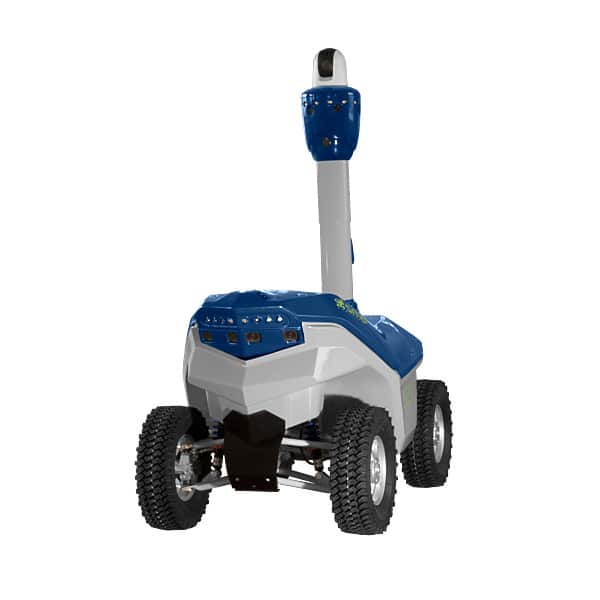
The S5.2 PTZ IS Universal Security Robot for AI patrolling and video surveillance
The S5.2 PTZ AI Security Robot is designed to patrol areas that are mostly open space and to perform round-the-clock surveillance from fixed positions. Along with six high-sensitivity panoramic cameras, the video surveillance system is equipped with a PTZ camera that has 28x optical zoom. Combined with a motion sensor to actively lock in on activity, the video surveillance system allows areas to be observed that are over 100 yards away, both in stationary mode and in motion.
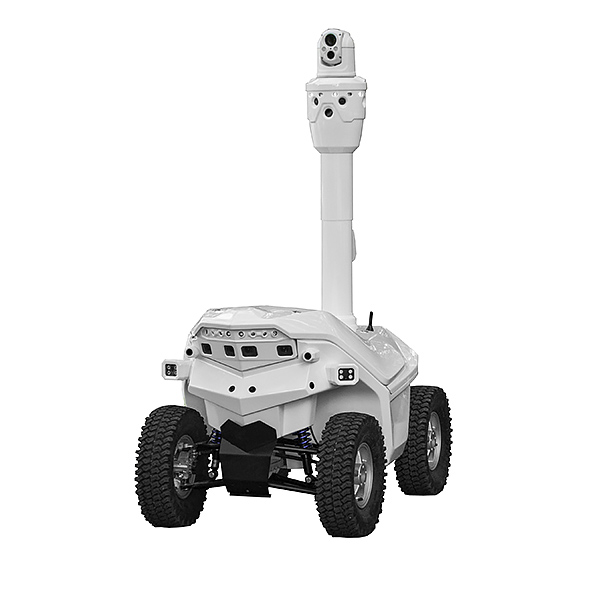
Mobile robot for patrolling restricted areas
For areas that are artificially lit during the nighttime or require mostly daytime patrols, the S5.2 Restricted Area Patrol Robot was created. This mobile robot model is equipped with six high-resolution cameras. The use of cameras with resolution over 2M within the 360-degree video surveillance system allows for an ultra-high resolution, 360-degree panoramic image to be created. This resolution ensures a high probability that people and their faces can be recognized, motor vehicle license plates can be read, and small objects around the area can be examined carefully.
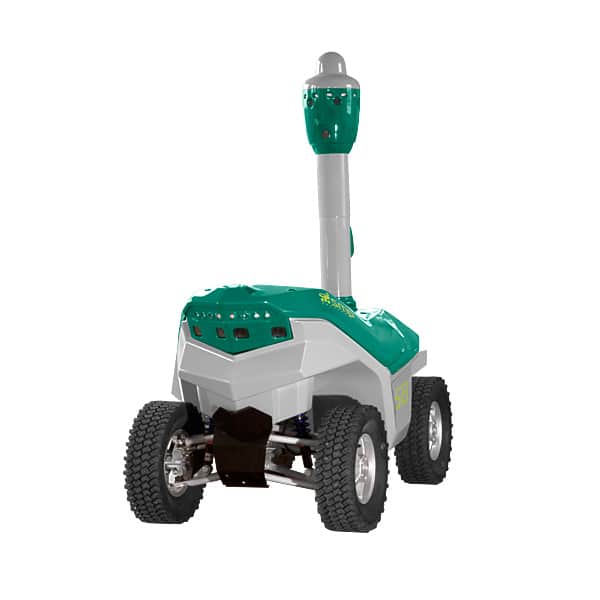
Perimeter Control Robot
Patrolling parks is complicated by high-contrast images generated in areas that are shaded by tree foliage with bright sunlight streaming through it. For work in these types of challenging conditions, as well as for night patrols conducted under uneven artificial lighting, the S5.2 IS Perimeter Control AI Robot was created. It uses high-sensitivity cameras that have a wide, dynamic range and an image quality that allows video monitoring at a range of 15-20 yards, even in the most challenging lighting conditions.
In addition to security robots patrolling a site’s premises, in many cases it is viable to use security robots for video surveillance from positions that rarely change. These robots make use of built-in solar panels to replenish the electrical energy consumed during video surveillance. At remotely guarded sites or those with a small number of security officers, it is possible, and sometimes even necessary, to use robots that can provide physical resistance to intrusion. This type of robot is called a security guard robot, which is equipped with non-lethal weapons that render an acoustic impact.








